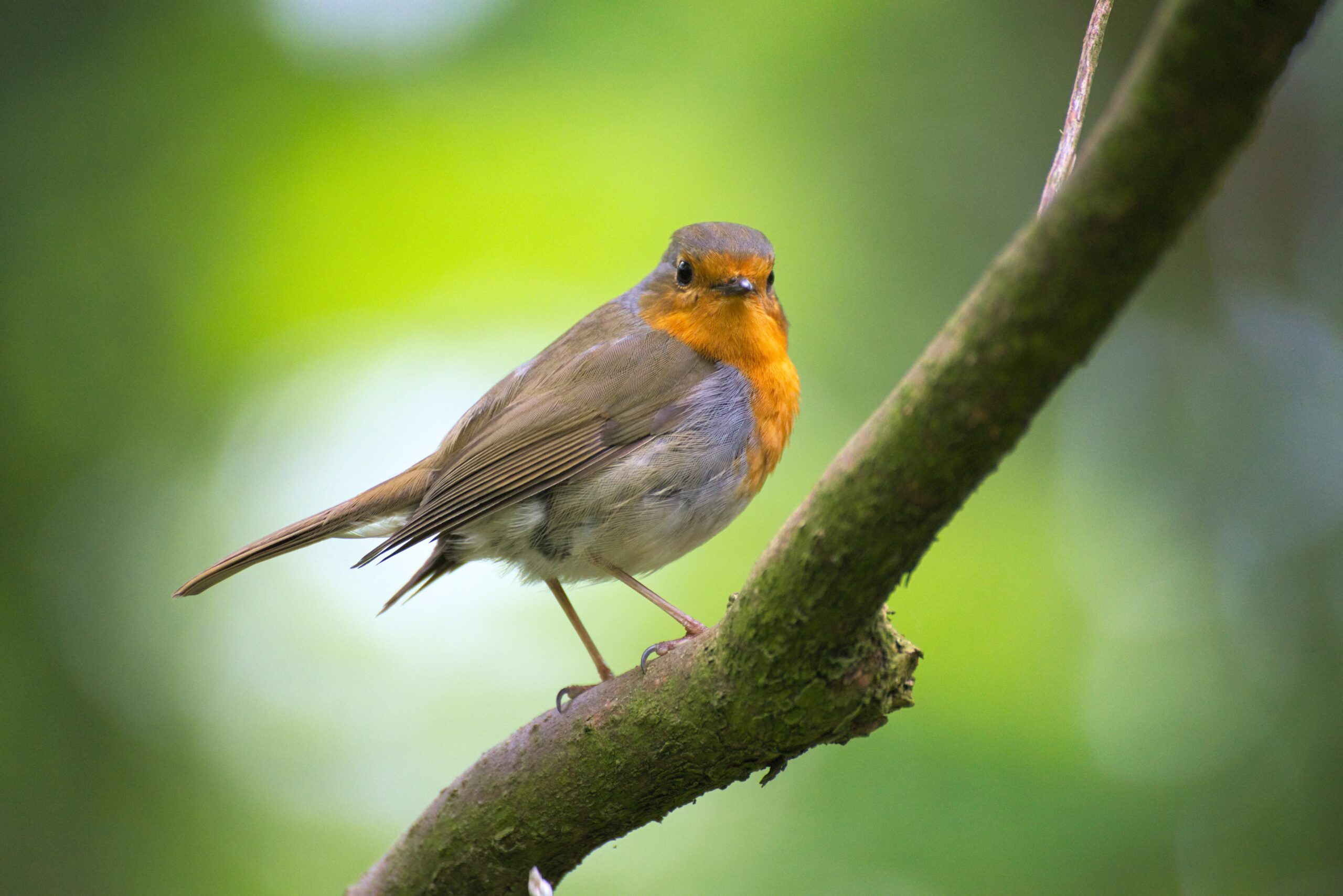A materialist view perceives nature one-sidedly. He exploits it for his exclusive profit, for example in the form of a beautiful landscape to admire or a dish to taste. But there is no teaching or real connection because the observer is detached from the observed. It’s a one-way relationship.
Connecting deeply with nature is very different, because it means being able to let yourself be taught and perceive it with a new perspective. This connection requires a certain humility. Any element of nature, even small and weak, can have great evocative power.
The sparrow is a colloquial term for a small bird. Sparrow, tit, robin, goldfinch… They are present in our gardens and forests, often only perceptible by their songs. Wherever we live, they are omnipresent, their songs punctuating our days and our lives.
The bird passes from earth to air, from terrestrial to celestial, from material to Spirit. Through its flight, it distances itself from the ground and defies gravity with an unparalleled and insolent aerial freedom. Who has never dreamed of being able to fly? It is a pure, fine, light, free, innocent, fresh animality.
Like a winged angel, he spends his days ascending and descending the ladder of the Spirit. But it is at ground level that it is most vulnerable, where predators are most present. The higher he rises, the less he puts himself in danger. There are certainly birds of prey and cats climbing trees, but it is in its aerial aspect that it almost has a monopoly on space.
It is easier to hear their songs than to observe them. The sparrows often hide from our sight to better exist through their particular sounds. It is the ultimate modesty and humility to hide oneself in order to be better heard, to become elusive in order to exist only vocally. What matters here is the message and not the messenger, the warbling and not the plumage. The artistic bird does not need to make itself known to exist, the exaltation of its song is enough to express it.
Its song becomes liturgical, because it is said that the language of birds is the language of the Spirit. Deep, spiritual truths are hidden among the lightest, anecdotal language. The piaf then opens a breach in the heart of man through his music.
In ancient Egypt, the judgment of the souls of the deceased is a process during which the heart is weighed on a scale in front of a feather. If the heart is lighter, the deceased has the right to life eternal. If, on the other hand, it is heavier than the feather, the heart is devoured by a monster. He is condemned to a final and certain death. The feather is seen as a symbol of lightness and innocence, conditions of access to eternity.
The sparrow in this case teaches us the secret of eternal life: through a simple and unified heart, a free dimension between the earthly and the celestial, a triumphant song over one’s own appearance. Because the bird is subject to the gravity of matter. But he plays with it.
Living only according to the physical refers to the earthly animal only. Living according to the Spirit, with a light and unified heart, frees us for a time from earthly involution. To move freely from the earthly to the heavenly is the secret of learning life.
The sparrow teaches us admirably, passing from the earth to the air, from the heaviness of the flesh to the deliverance of the Spirit. But to accomplish this, we must individualize ourselves, unload what weighs us down, divides us and tears us apart from ourselves. Learning to fly is learned. It is an inner journey of liberation preparing us for the return to the origin.
To contemplate a piaf is to perceive the path of elevation of the spirit, it is to come into contact with the principles transcending our material limitations and the heaviness of our interior burden.

